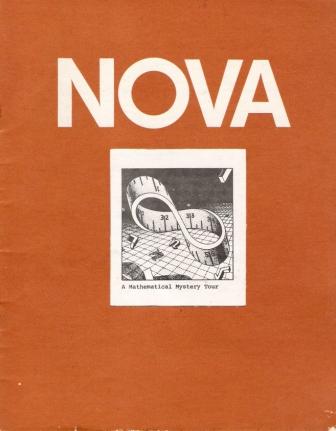
The cover of the transcript from A Mathematical Mystery Tour |

The cover of the transcript from A Mathematical Mystery Tour |
Episode 20 of the 12th season of the Public Broadcasting System's series NOVA was titled "A Mathematical Mystery Tour" (Program #1208 - it was the 8th episode of the 12th year during which NOVA aired, 1985). It first aired on March 5, 1985. This website was created to commemorate the 25th anniversary of this airing. A special showing of A Mathematical Mystery Tour will be given at ETSU in Gilbreath Hall Room 304 on Friday February 26, 2010 at 1:40. This is a week before the actual anniversary, but Friday March 5, 2010 is the Friday before ETSU's spring break, and it is feared that attendance would be negatively affected by this.
The PBS website with a list of the 12th season is online. It gives the authoritative date of first airing. The Internet Movie Data Base for the show is online (unfortunately, it really doesn't contain any information).
A Mathematical Mystery Tour includes interviews by several prominent mathematicians and math historians of the time (screen captures are from the YouTube version of the show mentioned below):
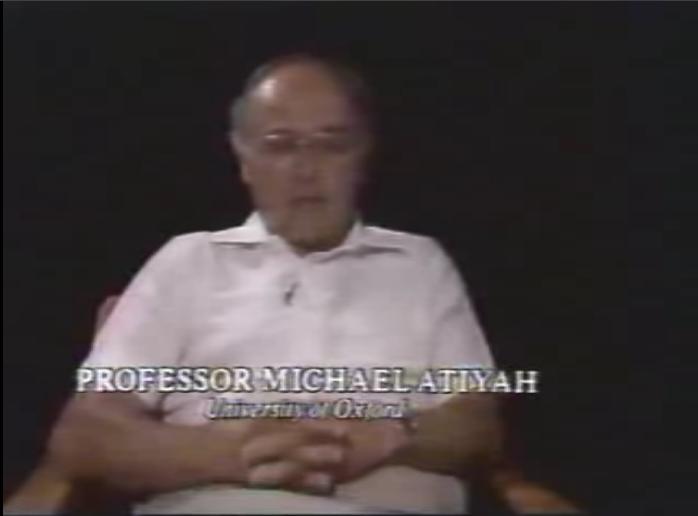
|
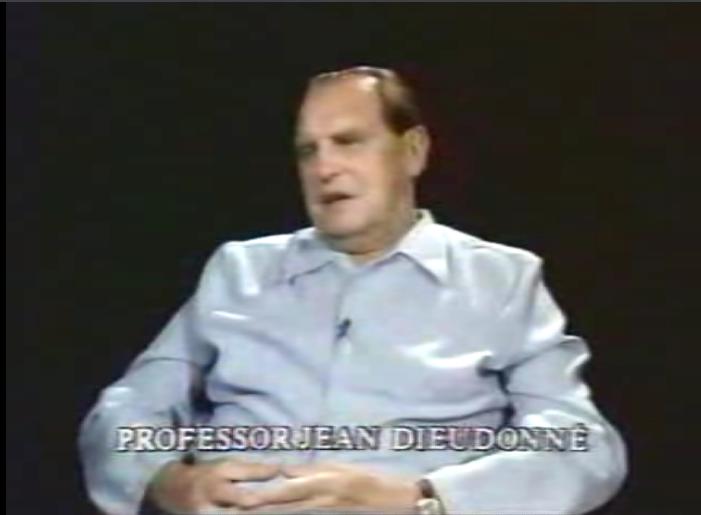
|
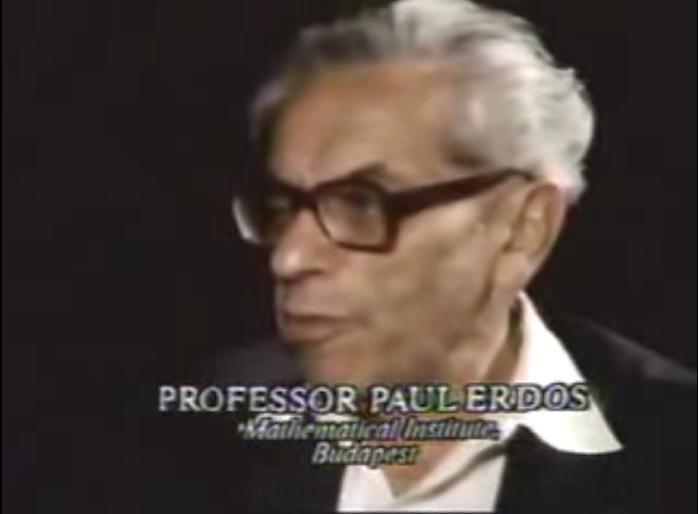
|
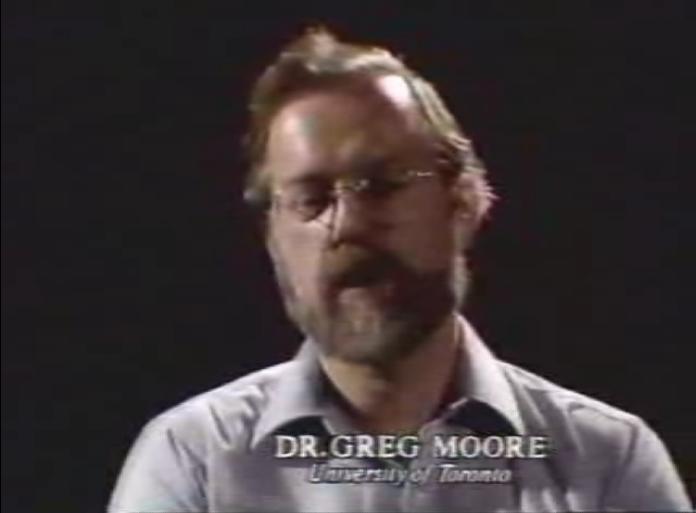
|
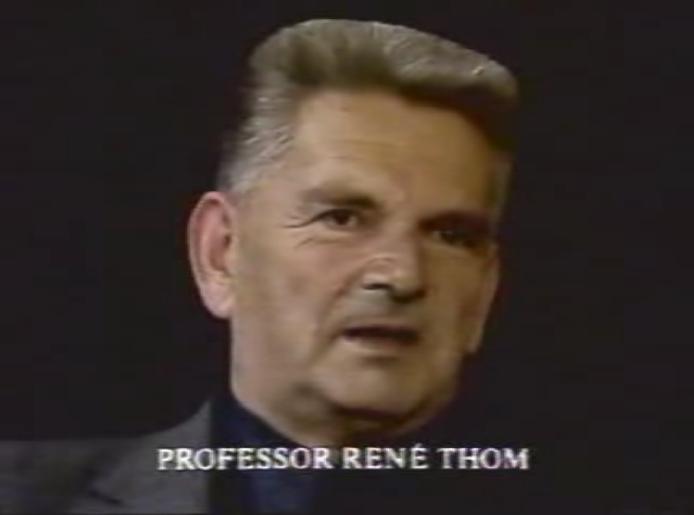
|

|
Quoting from the introduction: "Welcome to the world of pure mathematics where geometries exist in many dimensions and numbers are bigger than infinity. It's a world where objects take on strange configurations. And if you thought that parallel lines never meet, you're in for a surprise."
"For over a decade, Bertrand Russell tried to find a certainty through mathematics by reducing it to logic. In his massive work, Principia Mathematica, it took him 362 pages to prove that one plus one equals two. Twenty years later, another mathematician, Kurt Godel, proved that mathematics would never be completely certain."
"Do the abstract objects of mathematics have anything to do with the real world? Is mathematics the key that unlocks the universe? ... Throughout history, mathematician believed in the certainty of mathematics, that every problem, no matter how difficult, had a solution. But over the last 50 years certain events have shaken this belief. Will there ever be solutions to these questions? Do the abstract problems of pure mathematics matter in the real world? Or are mathematicians in a world of their own?"
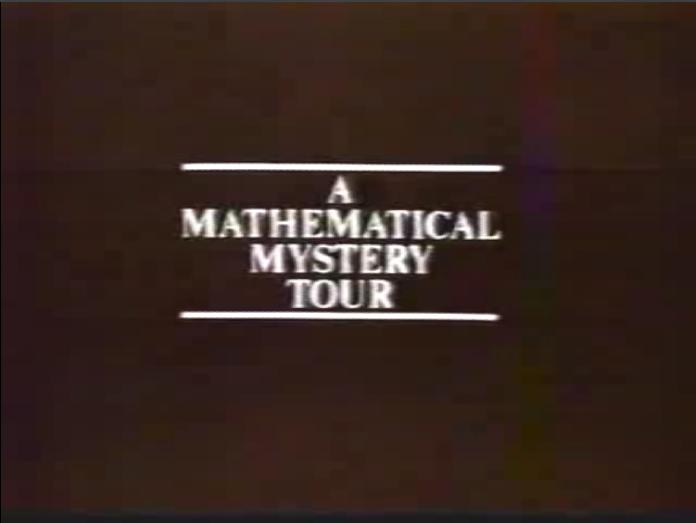
|
|
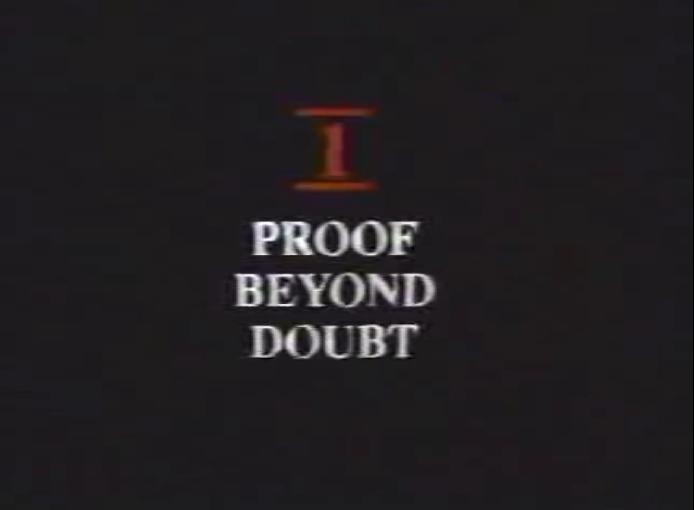
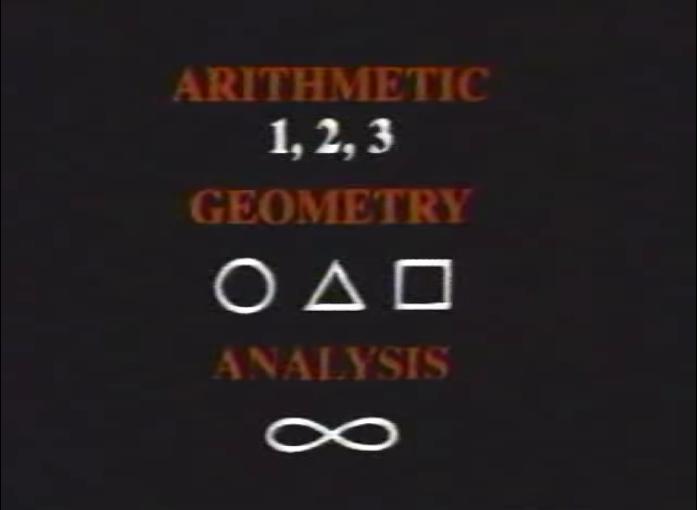 
|
|
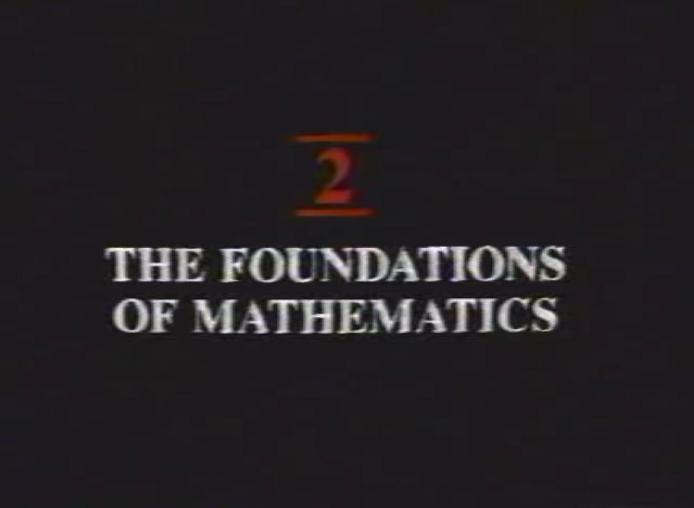
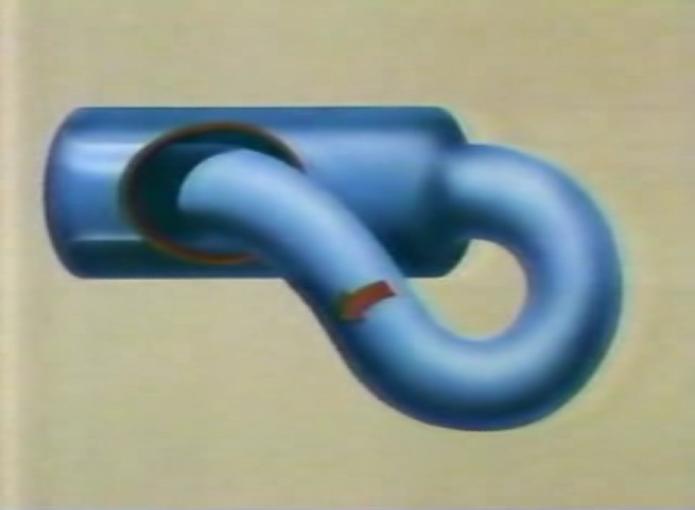
|
|
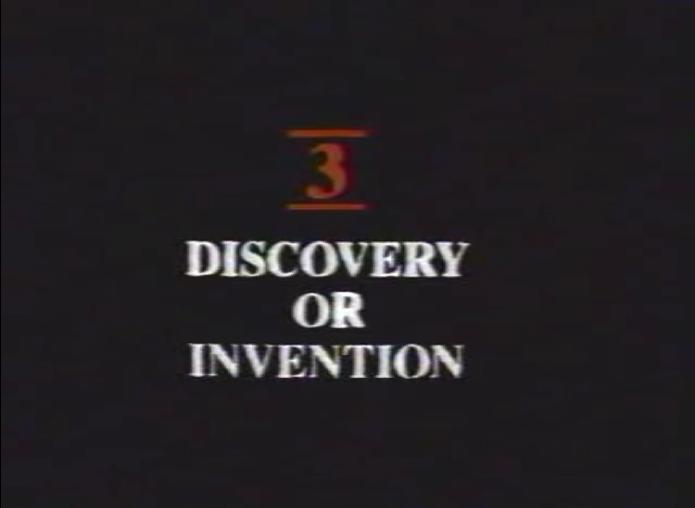
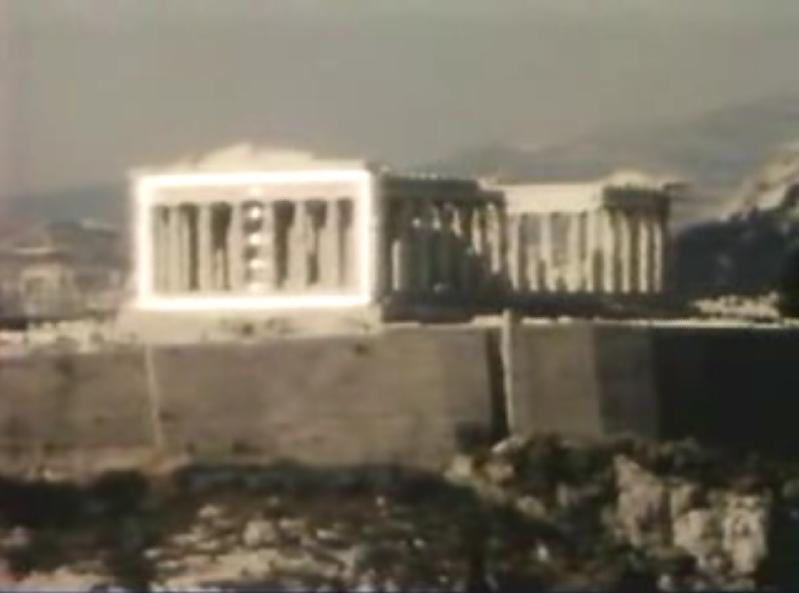
|
|
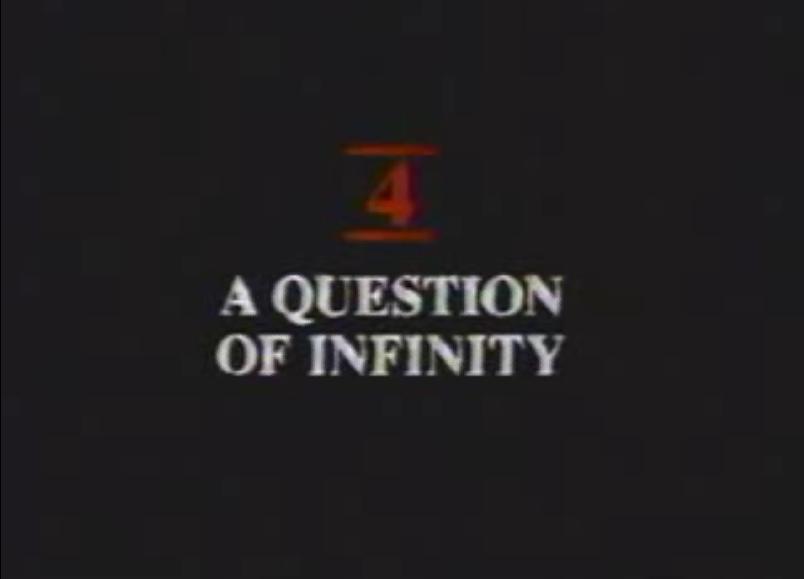
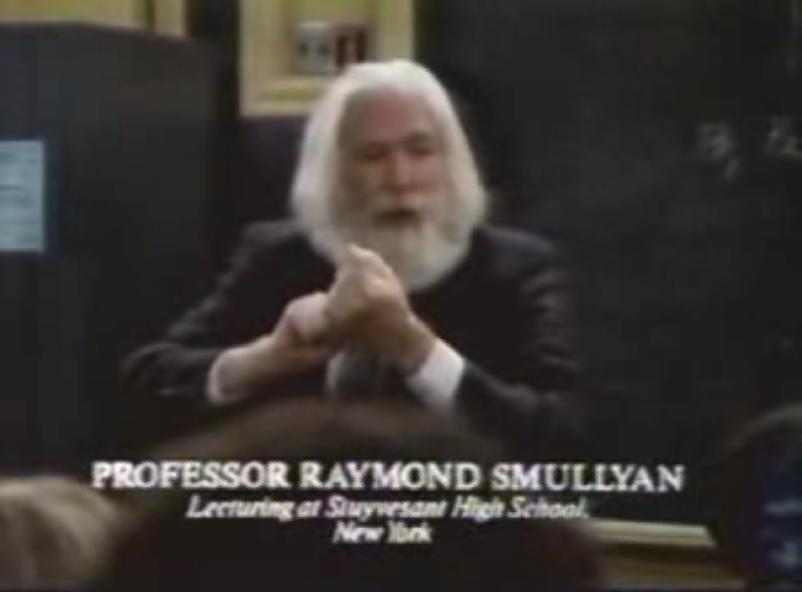
|
|
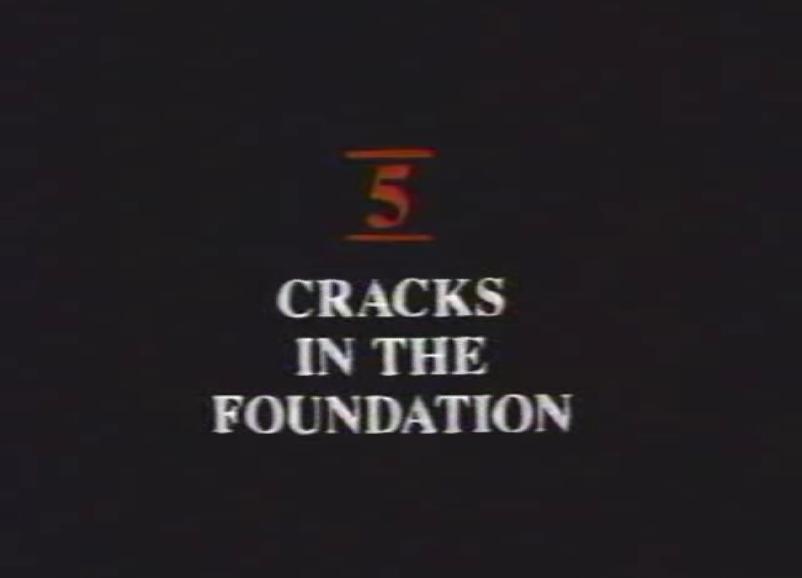
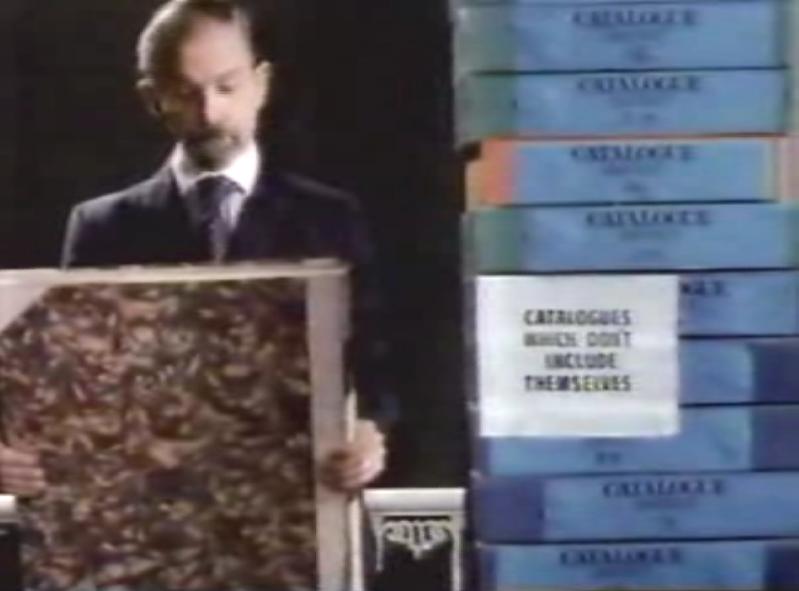
|
|
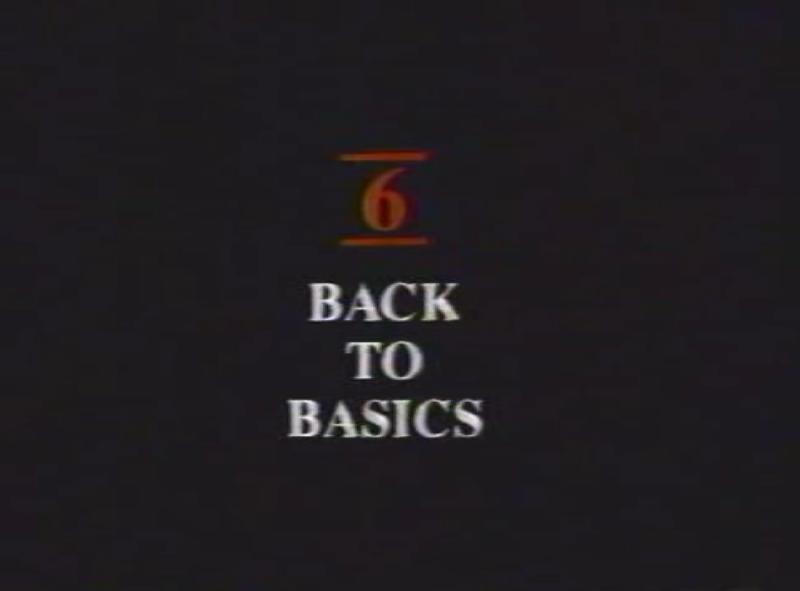

|
|
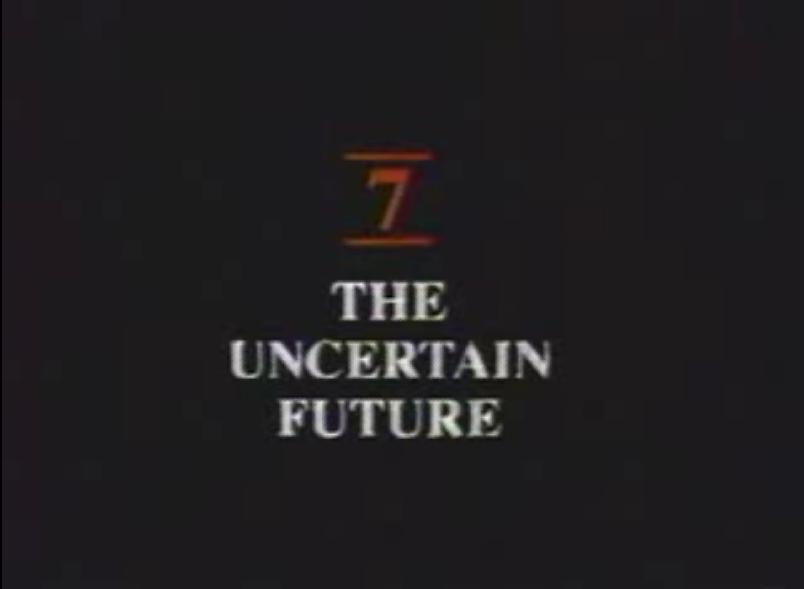
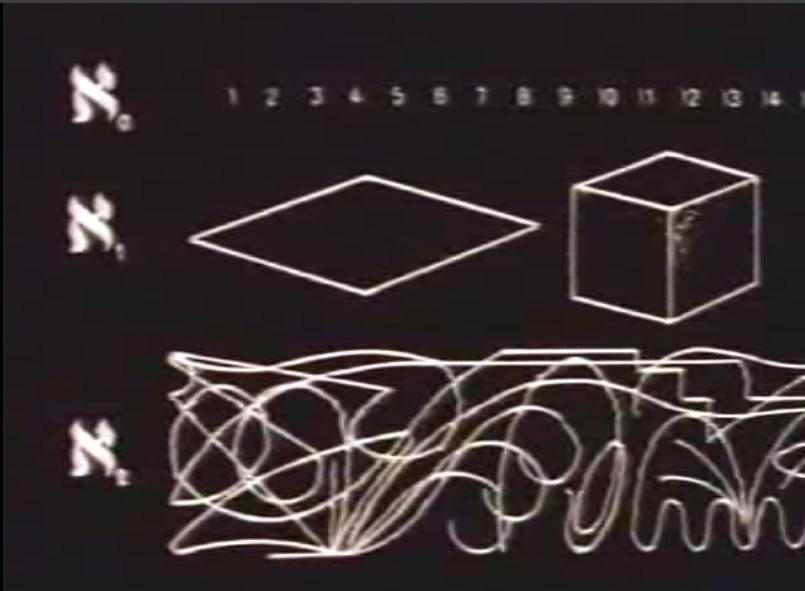
|
|
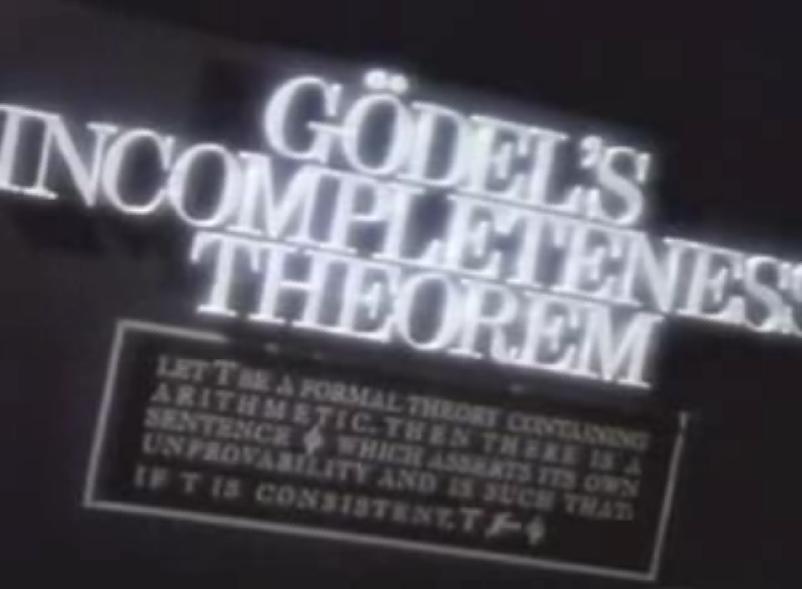
|
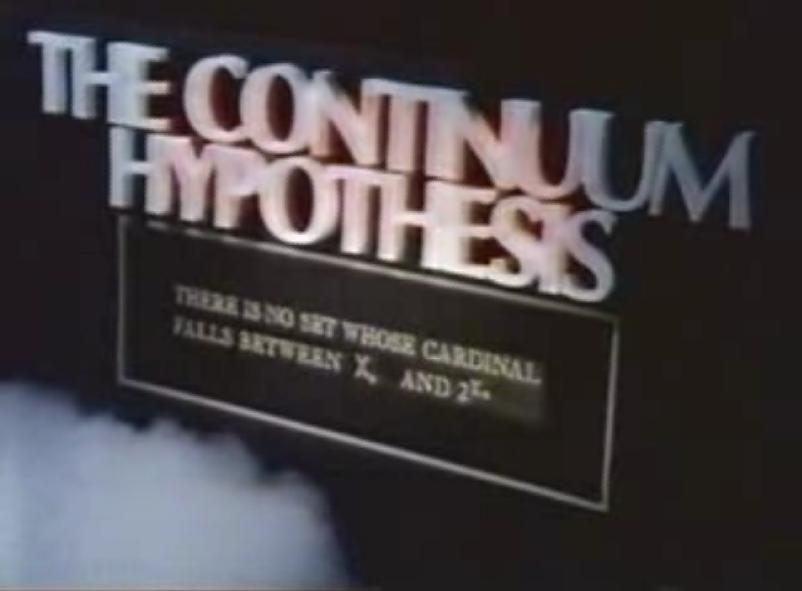
|
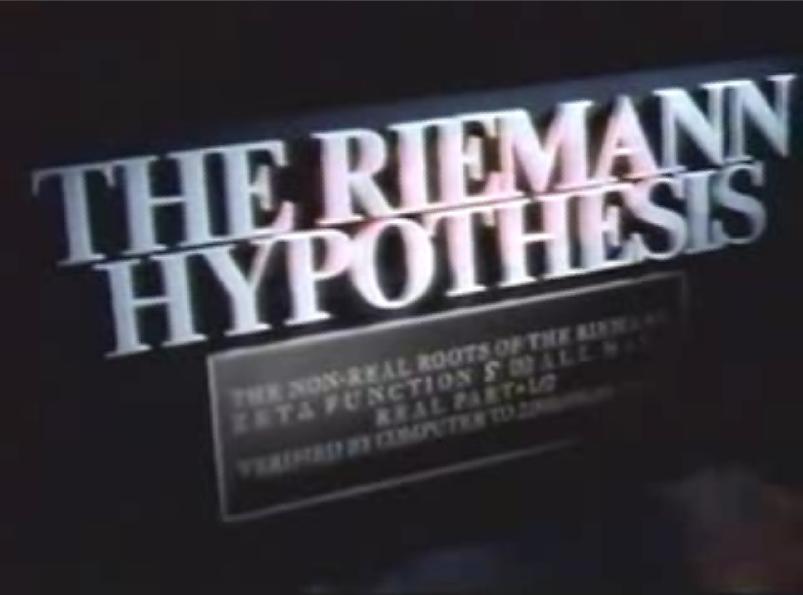
|
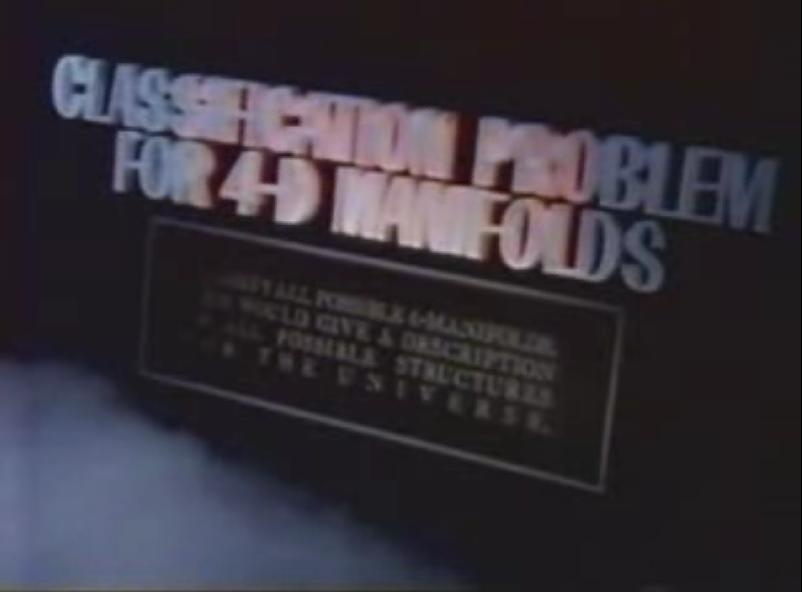
|
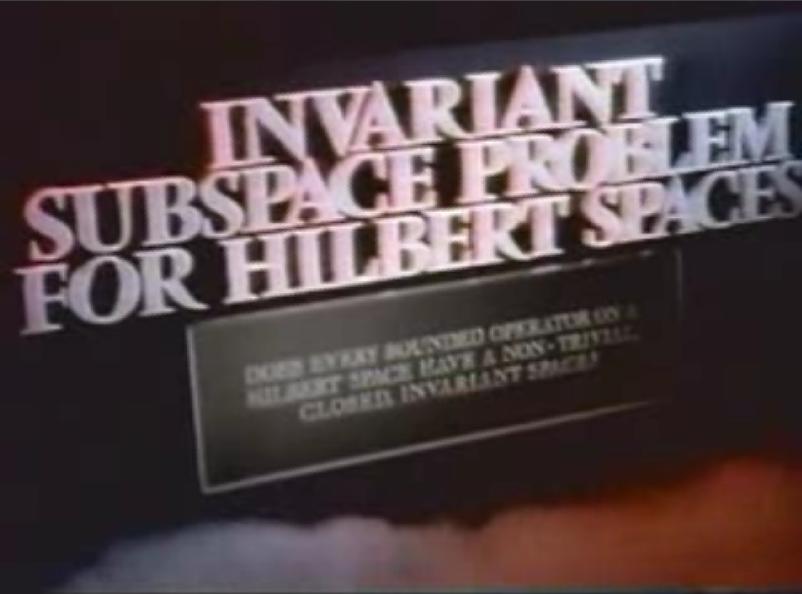
|
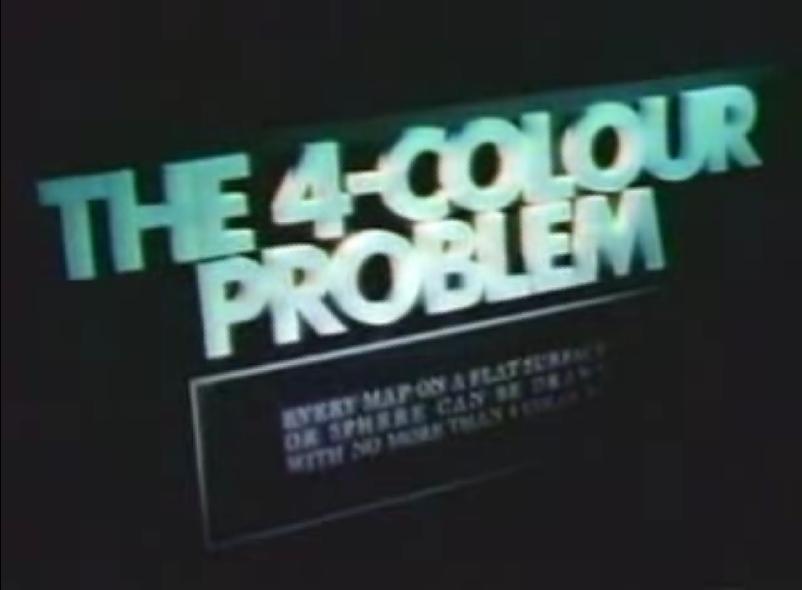
|
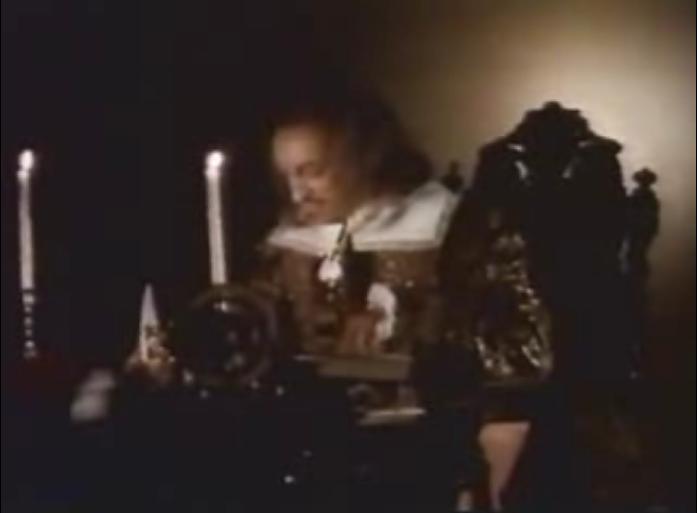 Pierre de Fermat (1601-1665) |
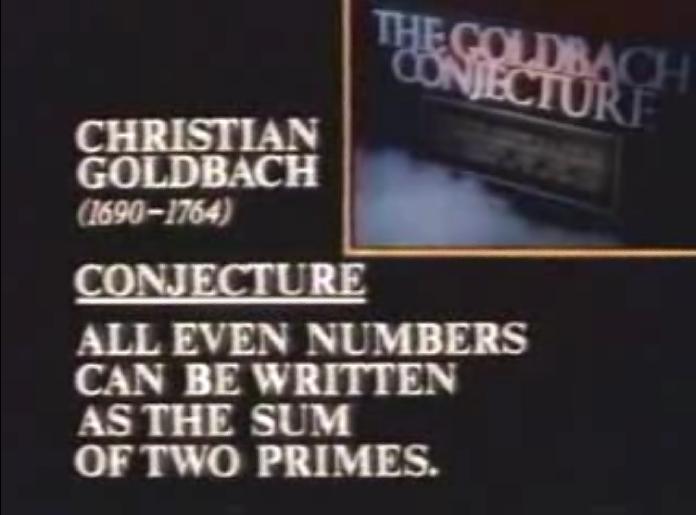 The Goldbach Conjecture |
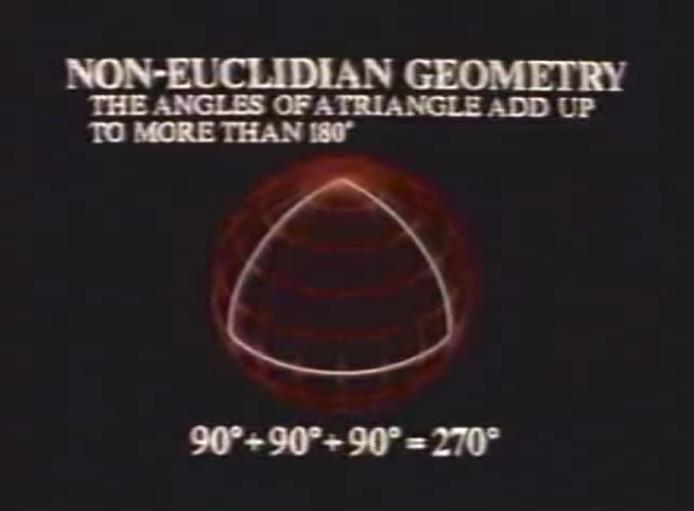 Non-Euclidean Triangles |
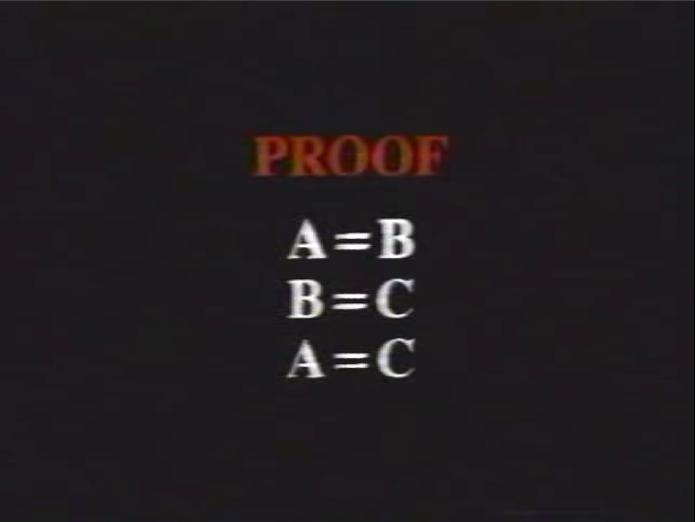 The Logic of a Proof |
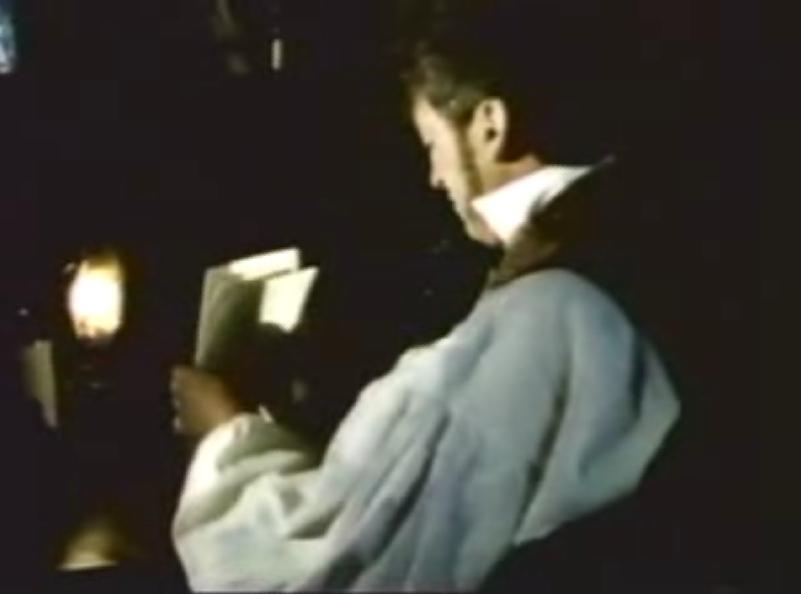 Evariste Galois (1811-1832) |
 "1 + 1 = 2" in Principia Mathematica |
A Mathematical Mystery Tour first aired when I (Bob Gardner) was in my first year of graduate school at Auburn University in the Math Department. It was great timing and I definitely benefited from exposure to this show. In my opinion, it is still the best popular level program covering what pure mathematics is and how it is done. It gives a bit of history, some philosophy, and mentions several very deep mathematical ideas (such as Russell's Paradox and the Continuum Hypothesis). I try to expose all of the ETSU math graduate students to this program at some point during their time at ETSU.
I have shown it in some of my classes. An outline of the show is posted online for my Foundations and Structure of Mathematics 1 fall 2004 class. This graduate level class was aimed at elementary and middle school math teachers. I also try to show the section "Cracks in the Foundation" in my senior level Analysis 1 class. We discuss Russell's paradox in the class, so this part of the show fits well with the classroom material.
On the negative side, the show makes claims concerning the "golden rectangle" and "golden section" which are a bit misleading. A nice discussion of the golden section which goes into details on its use in architecture can be found in The Golden Ratio - The Story of Phi, the World's Most Astonishing Number by Mario Livio, New York: Broadway Books (2002). There is also an implication that Evariste Galois wrote down his mathematical ideas in a hurry the night before he died in a duel and that this was the extent of his work. Details on this bit of history are spelled out in The Equation That Couldn't Be Solved by Mario Livio, New York: Simon & Schuster (2005).
Some parts of the show are dated. There is much discussion of "Fermat's Last Theorem" and the fact that it is (in 1985) an unsolved conjecture. The complete absence of female mathematicians in A Mathematical Mystery Tour is striking by today's standards! The only females in the show are students in the Stuyvesant High School classroom where Raymond Smullyan is lecturing - and none of them have a speaking role!
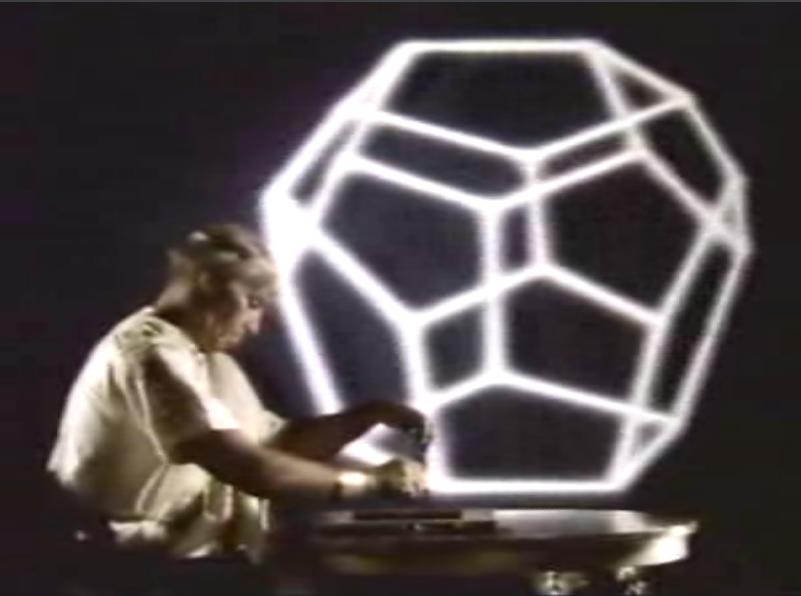
Return to Bob Gardner's webpage
Updated: February 10, 2010; all hyperlinks functioning as of April 1, 2025